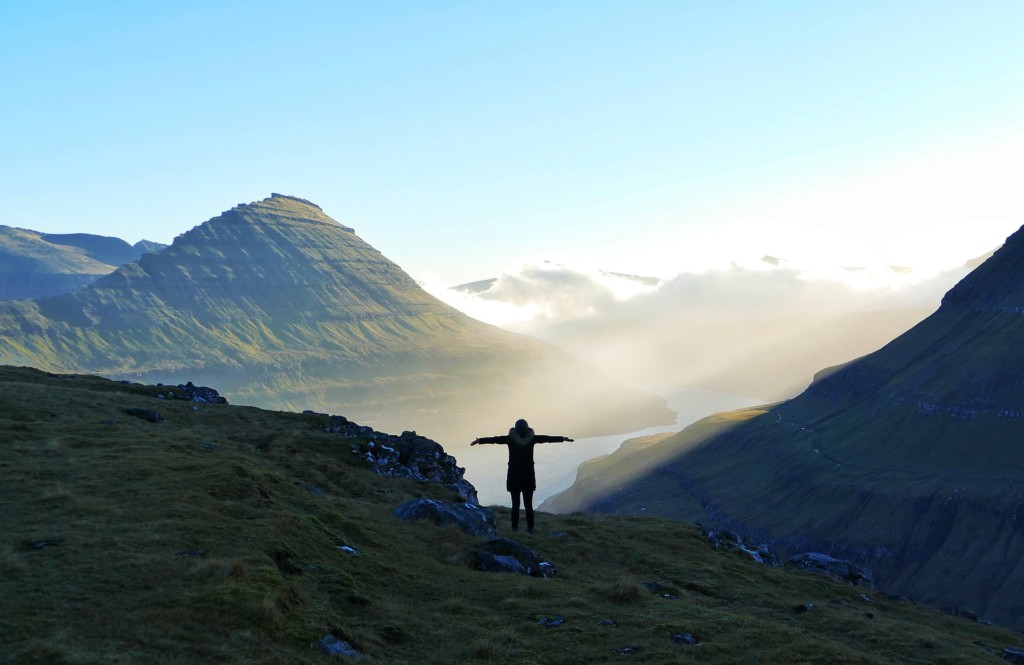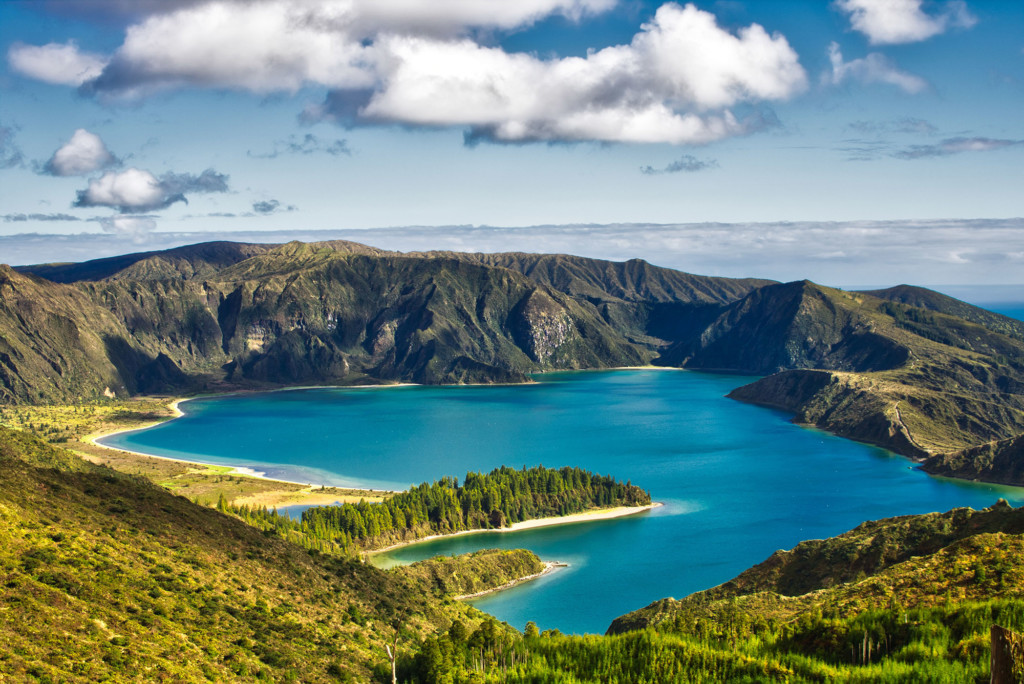People of the UK, get packing those bags and slathering on the sun cream, cause it’s time for a summer holiday! The ever-benevolent British government has finally given the green light to travel in some form, albeit in that typically clownish sort of way that this administration seems desperate to trademark. Weekend warriors and long-term nomads alike have been waiting for news to trickle out of Westminster ever since the UK’s vaccination program kicked into high gear, so what does the recent announcement mean for getaways this year?
Well, to strip everything back a little, it doesn’t mean anything at all. Grant Shapps, the UK travel secretary, announced 12 destinations that will make up the initial green list, spots around the world that can be visited without the need to quarantine on return. What destinations make up the list? We’ll get into that shortly, but it happens to be a mixture of war zones, British dependencies and other spots that simply aren’t accepting tourists right now. Great! For our top five, we’re keeping things near Europe just to be on the safe side.
#5 Gibraltar

Gibraltar is different, that’s for sure. Is it a country? Well, no, Gibraltar is a little slice of Britain on the Mediterranean, a British Overseas Territory on the very edge of the Iberian Peninsula. Is it a city? You could say that Gibraltar Town dominates the territory, but a population of 32,000 doesn’t exactly suggest a metropolis. But its 6.7km2 is dominated by architecture, residential buildings old and new and the leftovers of what was once an important garrison town. Well, we say dominated by architecture, that is only really true if you ignore the massive rock in the middle of it all. If anything dominates Gibraltar, it is The Rock.
Undoubtedly its iconic image, the Rock of Gibraltar is a piece of natural beauty that has played its part in the most human conflicts of the 20th century, with an intricate network of tunnels bored through its heart. Oh, there are monkeys too, lots and lots of monkeys. Barbary macaques to be exact, Europe’s only native monkeys, to be absolutely correct. They spend most of their time on the Rock, but don’t be surprised to see them wander into the town to look for food, or maybe stop for a pint at The Clipper.
So what exactly is Gibraltar? This is Europe’s most unusual spot, a 1980s English seaside town transported to the Mediterranean and left to get on with it, creating an atmosphere that definitely isn’t Spanish, is somewhat English, but is absolutely Gibraltarian.
Check out our full guide to Gibraltar here!
#4 Faroe Islands

Green the likes of which you’ve never seen before, the shaggiest sheep in the history of shaggy sheep, tranquillity that redefines the term and an unspoiled aesthetic that might make you feel a tad guilty for being there in the first place, the Faroe Islands is where the imagination grows wings and the heart rate finds its metronome. If you’ve ever doubted that serenity and peace could be thrilling, this archipelago just 200 miles north of Scotland is about to prove you very wrong in the most delightful of ways.
In many ways, the Faroes feel a lot like Scotland taken to the extreme, be it the hospitality of the people or the impenetrable ruggedness of its nature. The Faroes spent 800 years as part of the Kingdom of Norway until being transferred to Danish rule in the 19th century, but the 52,337 people who make up the population are every bit as defiantly independent as the aforementioned Scots, albeit in an altogether more refined sort of way.
Adventure is the name of the game here, and it permeates every nook and cranny of the archipelago. Tórshavn is the capital although using the word ‘city’ might be a stretch, as this town on Streymoy (the largest of the Faroe Islands) brings together the history and culture of the archipelago and accentuates them with cuisine, sport and the closest thing these parts get to urbanity. In many ways, Tórshavn is at its most picturesque from afar, so jump a boat or a ferry and consider the city (okay, ‘city’) from the chilly waters of the North Atlantic. Tinganes is the old part of Tórshavn, one of the oldest parliamentary meeting places in the world and desktop background fodder if ever such a thing was accepted to exist.
Throw in the verdant nature, the shaggy sheep and the undeniable lustre of the husky north and you’ve got yourself a new favourite place.
Check out our full guide to Denmark here!
#3 Madeira

Portugal’s most ravishing island? We’re not in the business of favourites here at In Your Pocket (especially when the term ‘Ravishing’ is in question, Rick Rude notwithstanding), but the jaw-dropping nature, adrenaline-spiking adventure and the sheer weight of beauty make a compelling case for Madeira. There’s a pretty good reason why this North Atlantic archipelago is a ubiquitous presence at the top table of international islands.
Of course, by ‘a pretty good reason’ we mean ’an absolute boatload of reasons’, although you could plonk us in front of the scenery and we’d be more than satisfied. The jagged cliffs and breaking waves make for a quite beautiful combination that’ll have the heart soaring in no time, while the rainforests that once covered the entire island still provide a mystery and magnificence that has been recognised by UNESCO and all the rest. You don’t need official organisations to appreciate this though, you simply need to be there. Don’t get lost, please.
A deep dive into the flora and fauna of Madeira will provide enough intrigue for a lifetime, but we’re going to go out on a limb and guess that most readers aren’t packing up their lives and heading to the capital Funchal for a new life. With a population of over 110,000 and growing, Funchal is the centre of culture and history here, with a nightlife scene that doesn’t know when to stop and isn’t interested in learning how to. The historic centre of Funchal conjures up memories of centuries gone by, while the town’s roster of museums may well take you by surprise.
Tourism makes up around 20% of Madeira’s GDP so don’t expect to have it all to yourself, but do expect to be blown away by the beaches and the crystal clear ocean, clear enough to spy whales and dolphins from time to time. There’s something refreshingly old fashioned about visiting Madeira, and we’re all for it. Plus, we went through this entire intro without talking about Madeira wine, which explains the price….
Check out our full guide to Portugal here!
#2 Iceland

Iceland is the Earth’s youngest country, which still has an ongoing land formation processes due to the extensive volcanic activity. The lands of the Vikings are an exotic mixture of lights and sceneries – from the peaking mountains to the glazier lagoons, from the hot rivers to the lava fields, from the spectacular waterfalls to the black beaches and crystal caves. Visiting Iceland is once in a lifetime adventure that can bring you closer to the Northern Lights, between the tectonic plates of the Earth, inside an actual volcano, or among the minke whales.
As one of the most expensive tourist destinations on the planet, Iceland logically offers some of the most exquisite experiences in matters of luxury and innovation. The country has some truly outstanding geothermal ad SPA resorts, located around its natural hot springs; it offers an amazing variety of luxury lodges in the wilderness, a chance to spend the night in a sci-fi galaxy pod or dine in a century-old building with a mahogany piano.
Anyway, budget travellers don’t need to cancel their flights yet, because there are plenty of survival options or them to rely on. First of all – camping is free all around Iceland, so you can spend zero money on accommodation, as long as you make sure not to freeze. Also, Icelandic cheap eats and street food are probably better than most of the restaurants in your country. Finally, there are many public bathing facilities with geothermal water, as well as a number of exceptional sightseeing locations you can visit free of charge.
Whatever your budget, encountering Iceland is a state-of-the-art endeavour, and we have gathered all the relevant information you’d need before you dive into it. Learn more about the places to stay, the top dining and partying locations, the unique sightseeing spots and natural phenomena around the country, the best family-friendly activities, and everything else you need to know.
Check out our full guide to Reykjavik here!
#1 The Azores

Everything about the Azores just screams ‘tropical paradise in the middle of absolutely nowhere, which is pretty much the only place in which a tropical paradise is conceptually allowed to exist’. Yes, a long scream, but one that comes wrapped in the never-ending peace of a collection of volcanic islands in the middle of the Atlantic. Peace and volcanic islands? You better believe it, and the Azores if the place to go to see it.
As close to Morocco as it is to Portugal, the Azores have long garnered a reputation for wilderness and wildlife, with its growth as a popular destination for tourists somehow managing to work alongside that unspoilt array rather than putting it in danger. That might be down to the monolithic aura of everything here, from the forests to the mountains to the craters to the lakes. If you’re looking for urban excitement and city life, you’ve very much lost your way and should probably head 870 miles east back to Lisbon; the Azores are all about nature.
Sure, the sumptuous vineyards of Pico offer the tranquillity one associates with vineyards while the old town of Angra do Heroismo (one of the archipelago’s three capitals) is as enchanting as anything the mainland has to offer, but the Azores is all about hiking, paragliding, surfing, canyoning, sailing and all the rest, adrenaline junkie activities buttressed by tropical aesthetics that are usually the reserve of deep dreams. It all comes back to the views, it always will.
Those views are surely the reason that more than a third of the world’s whale and dolphin species stop by here for a pit stop on their eternal migrations, making the Azores of the planet’s premier places for checking out cetaceans. Sperm whales, pilot whales, bottlenose dolphins and fin whales are the most commonly sighted, but the lucky might just catch a glimpse of the iconic blue whale. Is it possible to only ‘glimpse’ the world’s largest beast? Head to the Azores to find out.
Check out our full guide to Portugal here!



Nice!!!